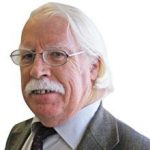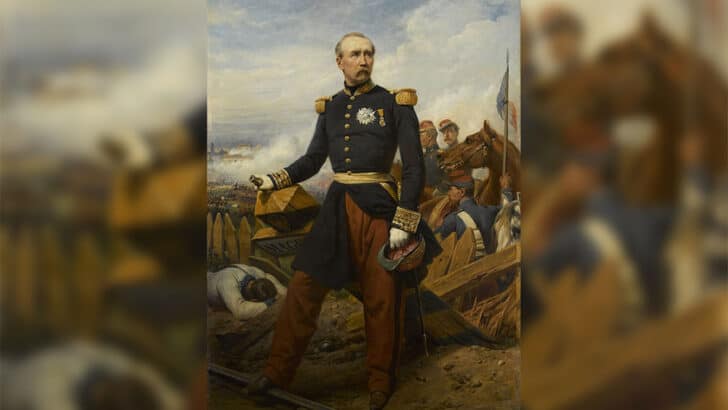Irish Paris: Stories of famous and infamous Irish people in Paris through the centuries
by Isadore Ryan
(€19.00; reach
irishmeninparis.org
for details of purchase)
This is an interesting and entertaining book by a Paris based Irish economic journalist with a passion for the past. He is the author of two previous books, No Way Out, about the Irish in wartime France between 1939 and 1945, as well as Roman Imbroglio, dealing with the Irish in Italy during the same tumultuous era.
In this book though he widens his cast to deal with a broader canvas of Irish people in Paris in recent centuries. There was time when the Irish fleeing abroad from persecution at home went to Madrid or to Rome. But since about the time of the French Revolution they have largely preferred to go to Paris.
It was a destination for those patriots, artists and writers who saw themselves with a future in Ireland, and did not want to become emigrants. Rather they were émigrés in a more or less friendly nation, near enough to allow them to make a quick decent in the Emerald Isle for social or political reasons.
Identity
Victor Hugo is quote as suggesting that those who would try to get down to the heart of Paris will suffer vertigo. And indeed there are collected in these pages a head-spinning number of Irish people of all kinds.
Ryan arranges his characters not by date, but social identity, making a start with a selection of notorious Irish women, beginning with the notorious Louise O’Morphy, before proceeding quartier by quartierthrough philosophers, revolutionaries, soldiers and politicians. In between though he finds space for Saints and Churchmen, including the Abbé Edgeworth.
The second half of the book moves on to artists and writers and journalists active in the city since the 1850s – many of these are familiar, as they include Joyce, Beckett and John Montague, but in among these are still any number of people in the distant days of the Second Empire and the Third Republic who had to be left out – one cannot have everyone after all, without a book beginning to seem like a catalogue. But those who are included are often wonderfully interesting and colourful and well worth reading about.
One of the most intriguing passages in the book is deals with two men who not Irish people at all, but to two grand reporteurs of the French press”
The author provides, however, for devotees of the Left Bank such as myself and my wife – who always stay in small hotel close to the ever-appealing museum of medieval life, the Musée Cluny.
In a final closing movement he deals with composers and musicians, a interesting chapter indeed, covering Thomas Moore, Michael Balfe and the O’Kelly family.
But oddly enough, one of the most intriguing passages in the book is deals with two men who not Irish people at all, but to two grand reporteurs of the French press, Henri Béraud and Joseph Kessel, who arrived in Dublin to cover the “Irish troubles” for Le Petit Parisien and La Liberté – their adventures are quite worthy of a film – Kessel wrote a short novel Mary of Cork (1925) drawing on what he saw of the Irish revolution, and that was made into a French telefilm. Incidentally when she died Kessel’s widow, who had an Irish father, bequeathed all the royalties on his many bestselling books to the Irish Red Cross.
The Irish in Paris, and France generally, were not such a distinctive community as they were in America and Australia; they were a congerie of active and vital people spreading across many areas of life from religion to poetry. They left a mark on France through their varied creativity and imaginative responses to life.
A most enjoyable and informative book all round. With so many of us concentrated on Irish-America, it would be as well to recall that a man of direct Irish decent, General Patrice MacMahon, became President of the French Republic in 1873, a full ninety years before an Irish-American President was elected.


 Peter Costello
Peter Costello
